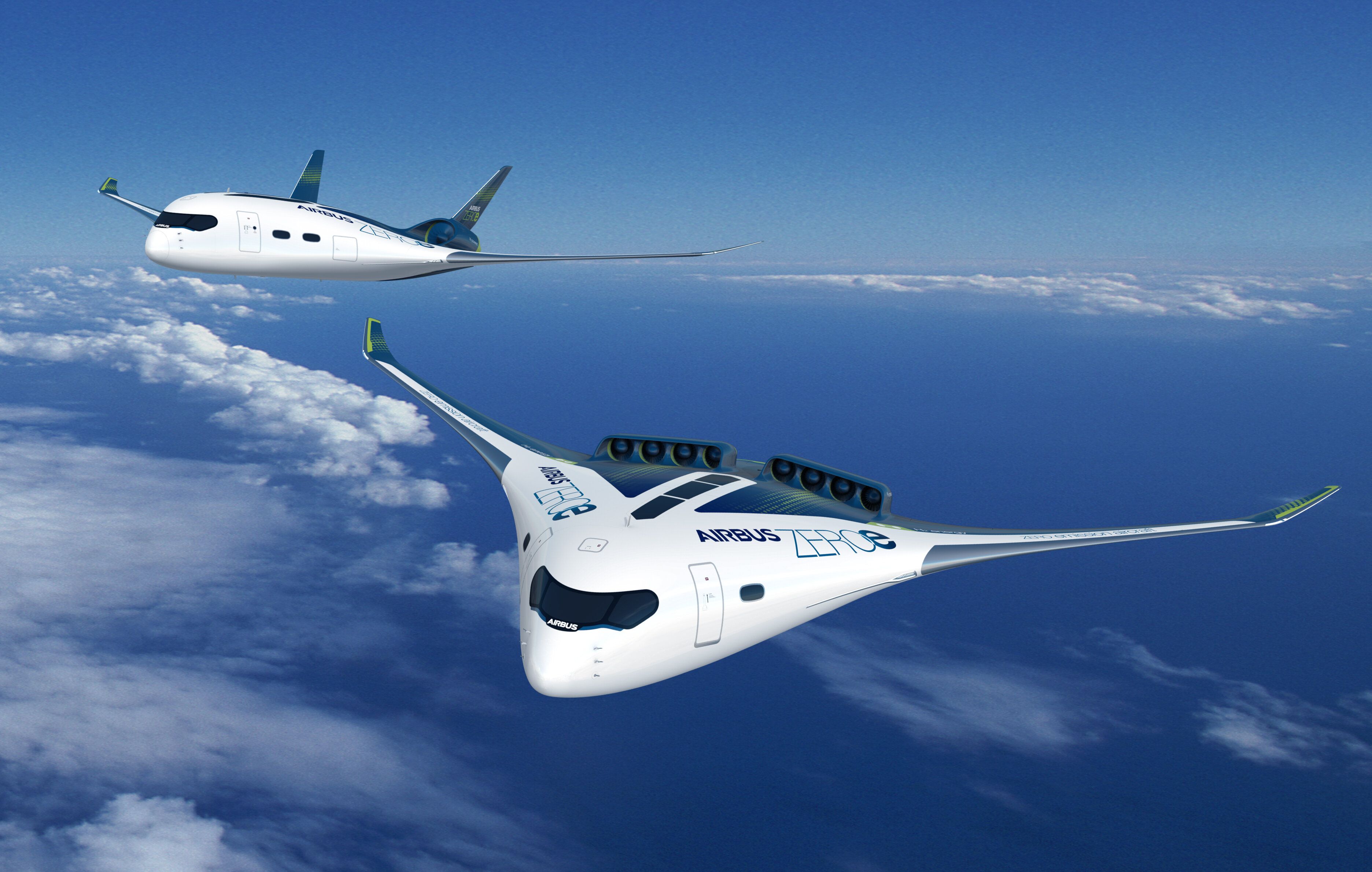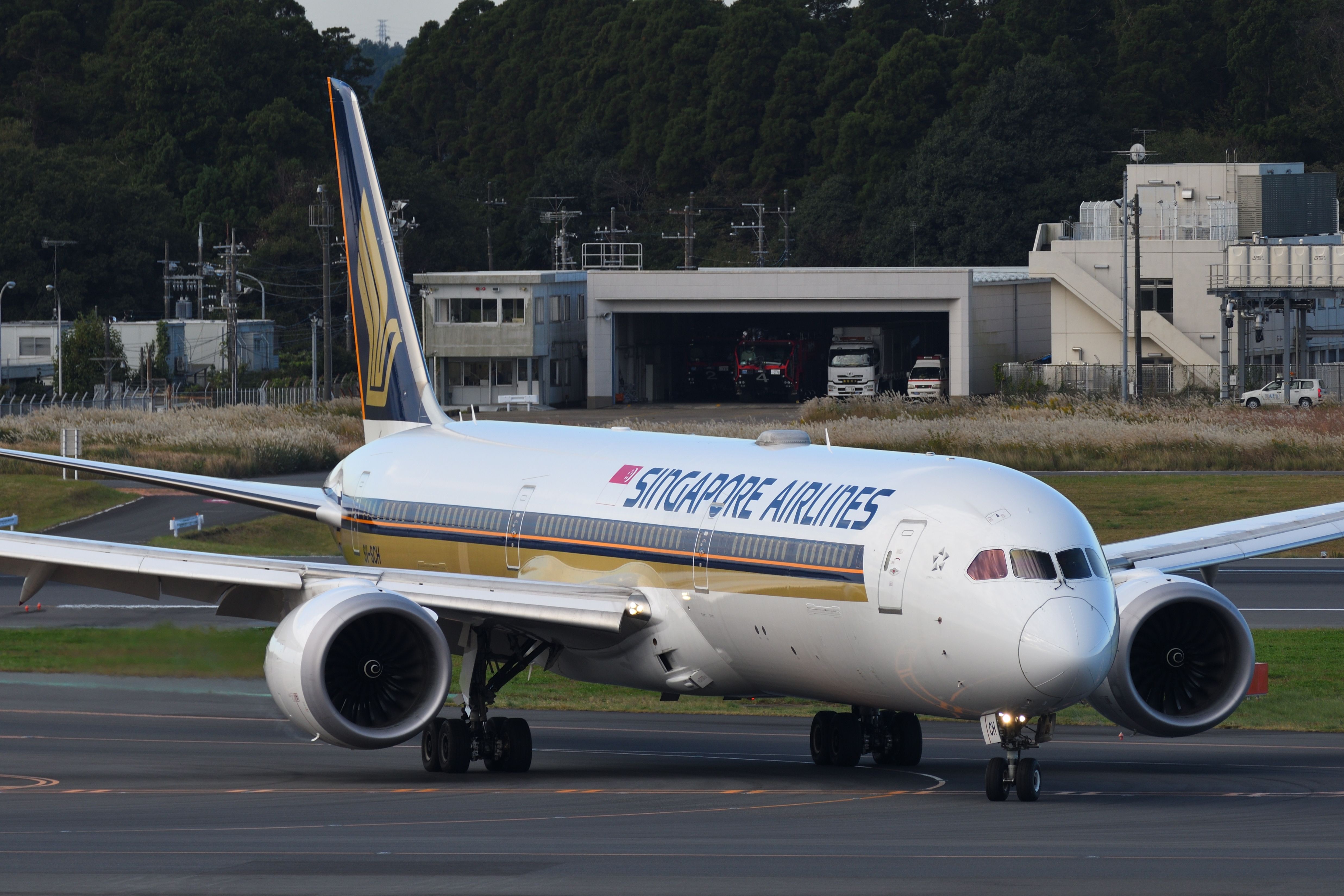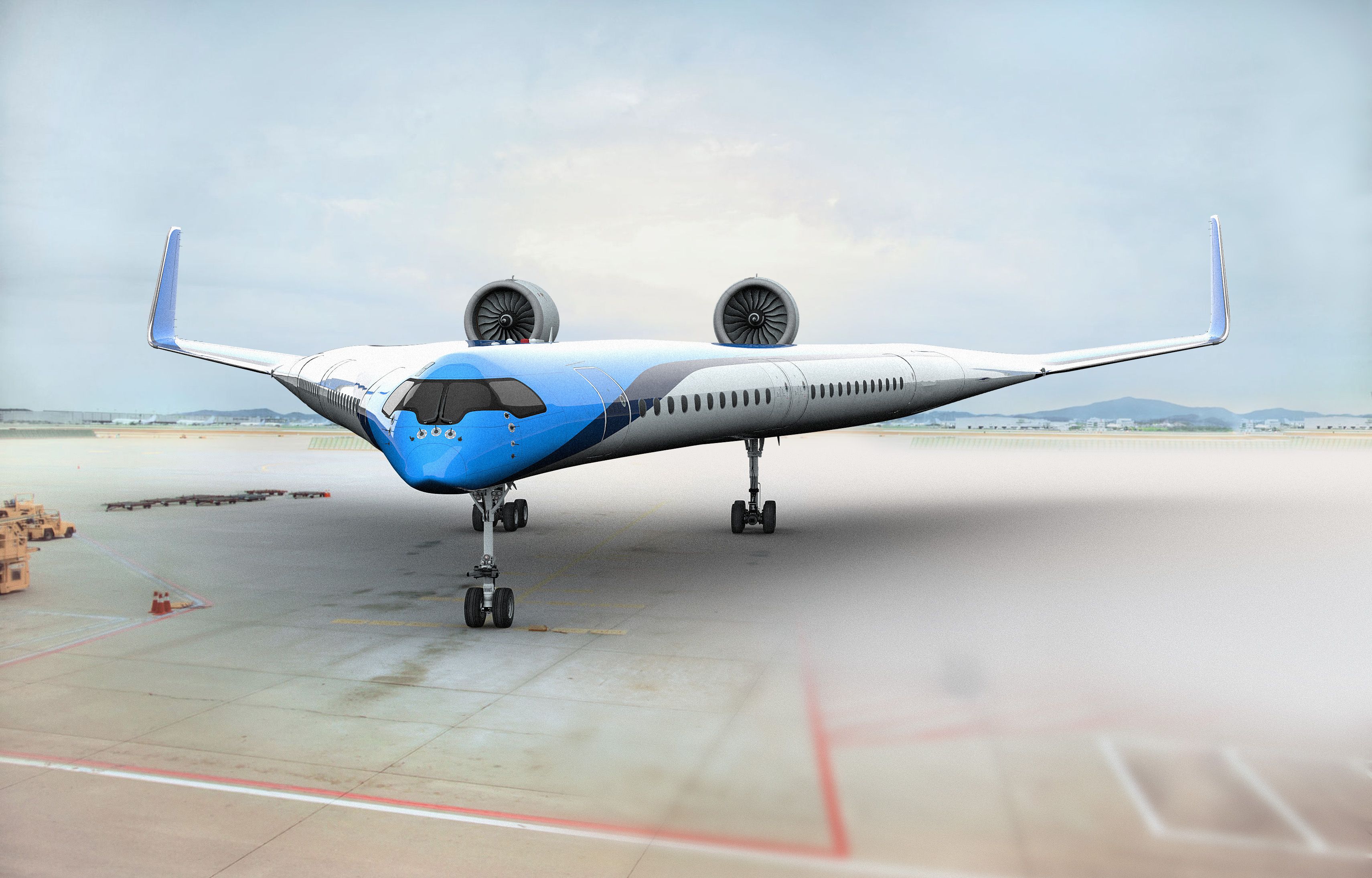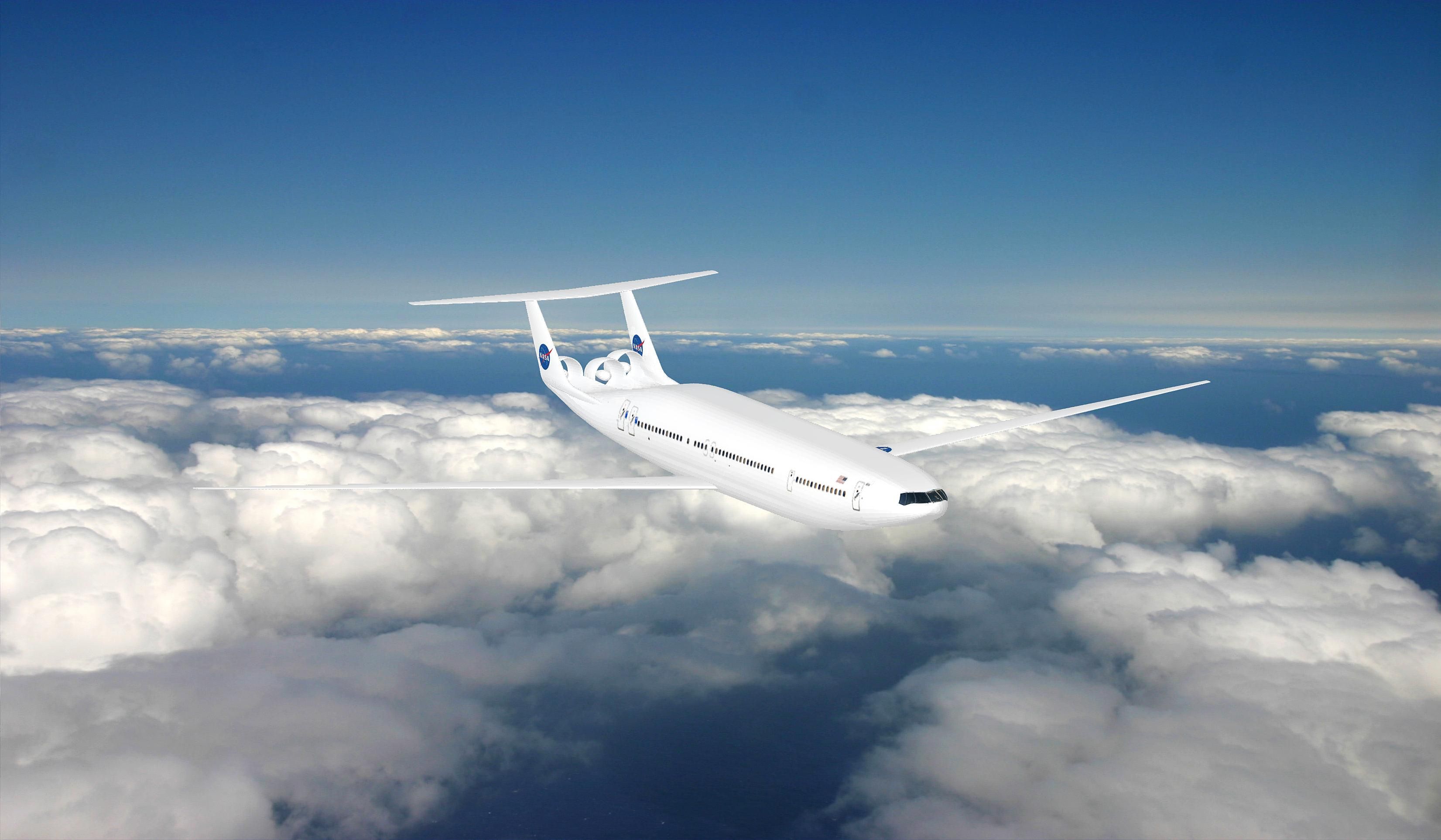When you imagine an airplane, you think of a long narrow aircraft, mounted on top of wings with engines underneath. This design has been unchanged ever since aircraft came into widespread use at the turn of the last century. However, why was no other aircraft concept successful and why has the 'long tube' lasted as long?
Why do we only use one design for modern aircraft?
There are a few reasons why we are still using the tried and true design:
- Safety perception - We know that this classic aircraft design works and is safe. A new design requires not only extensive certification processes but also to earn the public trust. Ask yourself, would you fly on a blended wing design? Or would you be nervous about flying onboard a new 'type' of aircraft that has not been 'proven' with decades of use? An airframe builder will need to win over the public, airlines, and the regulators.
- Cost - When the A330neo was created from the A330, it cost Airbus $2 billion USD. Boeing, when they created the 787, spent $32 billion USD in development. A brand new aircraft design would cost hundreds of billions of dollars to make and bring to market, risk manufacturers may not be prepared to take.
The latter is a strong incentive for planemakers to stick to the traditional design, making gains through engine efficiency, fuselage length and breadth, and other design changes. Indeed, a new fuselage design would cost billions in design and testing alone, requiring the creation of new manufacturing processing, and rigorous approval from regulators. So if airframers are not willing to challenge perception or pay the cost, why do they keep coming up with zany concepts?
Well not only do these research products develop fruit that can be put into their mainline aircraft designs but also that they now get the perception from customers that their products are cutting-edge. After all, if they are able to create a new design that reduced 20% drag you know their flagship products will also feature similar technologies down the line.
What other designs are there?
Just because you don't see them flying yet doesn't mean planemakers aren't drawing up plans for what aircraft will look like.
The first to mention is the blended wing design. This has recently gained recognition after Airbus recently revealed a new concept aircraft at the Singapore Air Show. Known as the ZEROe (zero emissions) project, the aircraft will use hydrogen as fuel, taking a huge step forward in making flying sustainable. However, the blended-wing aircraft is at least a decade-and-a-half away given the changes to the fuselage and engines needed to fly. Nevertheless, it is looking like the most exciting change in years.
The MAVERIC incorporates the wing into the main fuselage and allows airlines to make use of far more onboard space, as well as reducing overall drag and fuel consumption by 20%.
But the blended wing concept is not actually the only one that has been proposed. There is also the 'Flying V' design. This aircraft is similar to the blended wing design but actually where the fuselage splits to become the wings. This means that aircraft can have the advantage of being much shorter but still maintain the same wing span and interior space. In addition, the design will massively reduce air resistance and save on fuel consumption.
In 2019, KLM partnered up with Delft University of Technology to create a new Flying V aircraft design, and noted,
"The aircraft’s v-shaped design will integrate the passenger cabin, the cargo hold and the fuel tanks in the wings. Its improved aerodynamic shape and reduced weight will mean it uses 20% less fuel than the Airbus A350, today’s most advanced aircraft...What’s more, the Flying-V will carry the same number of passengers – 314 in the standard configuration – and the same volume of cargo, 160m3. The Flying-V will be smaller than the A350, giving it less aerodynamic resistance."
There have also been other designs like the Aurora D8 Widebody (and this is a true widebody plane!). Essentially this aircraft is a double fuselage, with two tubes stacked next to each other and connected through the middle.
So with so many fantastic different designs, why don't we have them all flying today? Why do we only have one 'real' type of commercial aircraft? While things haven't changed in a while, there is hope on the horizon. Airbus' MAVERIC blended-wing test aircraft took to the skies in 2019 and is an important step toward the design becoming a widespread reality. Indeed, the need for emissions-free planes is the best push to pursue new innovations that will share aviation permanently.
What do you think? Let us know in the comments.




